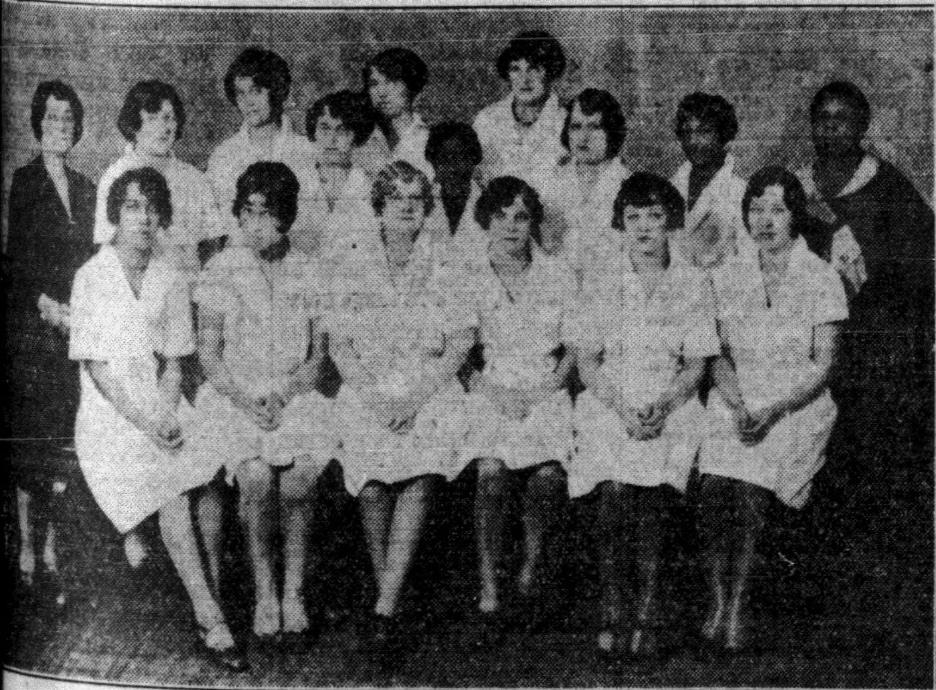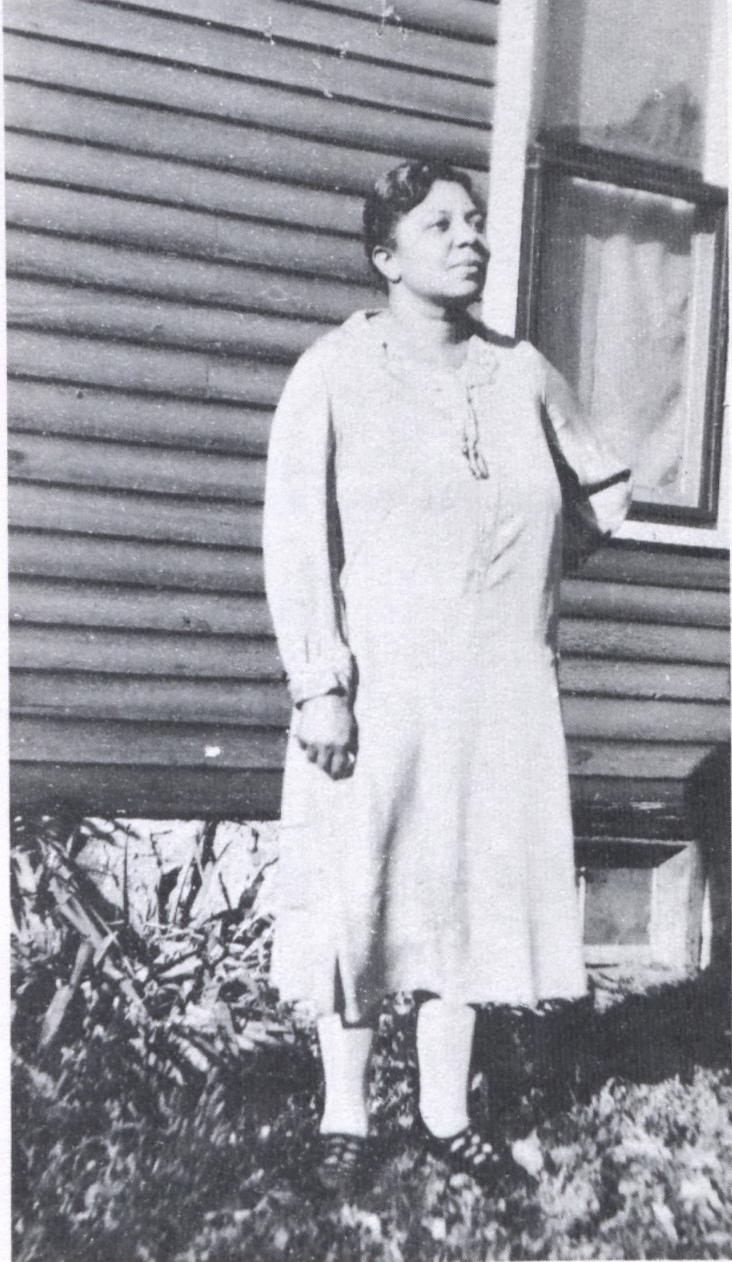Louisa Mitchell and the California School of Beauty

The beauty parlor has been a gathering space for women where they could try the newest styles, learn about the latest trends, and catch up on town gossip. This was no different a century ago when Louisa Mitchell operated the California School of Beauty in Sioux Falls, South Dakota. But Mitchell offered more than that, becoming a mentor for Black and White women who were looking to enter a blossoming industry as beauticians.
A 1935 edition of The Crisis magazine, the national outlet of the NAACP, called Louisa Mitchell’s California School of Beauty “the best-equipped beauty parlor between Minneapolis, Minnesota, and Seattle, Washington.” In the Shriver-Johnson Building, Estella Shriver, wife of manager Alva R. Shriver, encountered five floors of shopping as South Dakota’s largest department store. After going up the elevator, Estella was met with rows of clothes, rugs, curtains, home furnishings, and anything else she could imagine. On the top floor, Shriver was welcomed by a cafe, post office, lounge, nursery, and Mitchell’s shop and school, where Shriver could sit in the styling chair for a wavy updo. Despite double standards within the beauty industry, Louisa Mitchell’s California School of Beauty created economic opportunities for women of different racial backgrounds and helped bridge community divides through hairdressing.
As African Americans moved out of the Jim Crow South between the World Wars, job opportunities in the North proved easier to secure for Black men than Black women. The beauty industry, attending to women’s appearance through makeup and hairdressing, skyrocketed during the 1920s and provided a female profession to get started outside of domestic jobs of housemaid and cook. Although it was deemed acceptable for Black women to work in the beauty industry, they often served White patrons at public storefronts and Black clients at private homes. Nonetheless, their services created relationships among women.
Louisa Mitchell made bridge builders out of beauticians. Born in 1878 in Illinois as Louisa Reden, her parents hailed from Missouri and Canada. In 1896, Louisa married Harvey Mitchell in Whiteside, Illinois. Both Harvey and Louisa went into the hair business as a barber and beautician duo. The Mitchells relocated to Sioux Falls, South Dakota, in 1906. Louisa opened a beauty parlor in the front room of her house. A well-to-do White woman had visited Louisa’s shop and, so impressed with her work, reported to department store owner A.R. Shiver that Louisa should set up shop at his building at 230 S. Phillips Ave. Shriver stated that clients would flock to Louisa because “that colored person has to do [her] work twice as good as a white person to compete in business.” In 1909, Louisa opened the California School of Beauty.
Louisa started teaching out of the parlor in the Shriver-Johnson building and had accumulated a good standing. With prices for the School being affordable for women of any race, Louisa created a space for women to come together over a common topic, hair. The Mitchells often took in students as boarders in their home at 1218 S. Dakota Ave.; census records indicate women came from Illinois, Iowa, Kentucky, Missouri, and Mississippi. By 1935, Mitchell was teaching the trade to twelve Black operators and four White operators. Some of these women who stayed in South Dakota included Hazel Mahone, the Moxley Family (Dor Etta and Ida), Georgia (Grisby) Lee, Clarice Coakley, and LaBerta (Smith) Bentley. After their time with Louisa, these Black women went on to create businesses for themselves. The Moxley family who studied under Louisa would continue her legacy when she passed away in 1942, as James Moxley took over teaching at her School. Dor Etta and Ida (Moxley) Coates created the Moxley Beauty Shoppe. Others like Hazel Mahone studied under Louisa and then moved to Huron, South Dakota, to become a successful beautician and business owner.
Louisa Mitchell’s creation and management of the California School of Beauty shaped the way South Dakota’s women did hair and ran their businesses. She created a bridge between Black and White women through hairdressing and made getting a job in the beauty industry accessible.
Images


